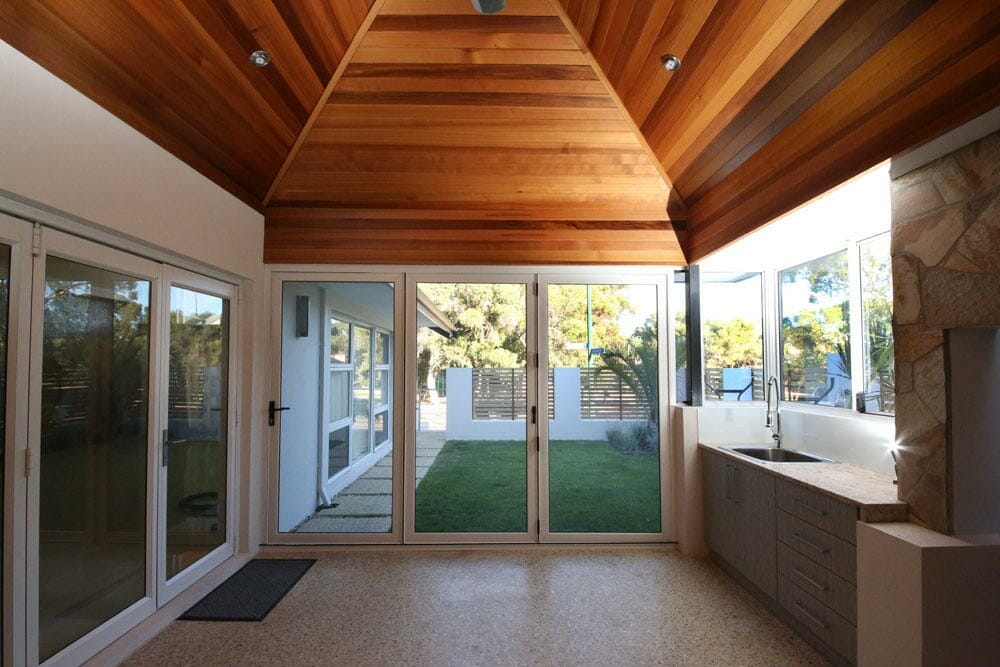If you’ve ever owned a home, you’ll know what a screen door can do for you. It protects your house from insects, it creates some privacy, and it allows for air-conditioning in the summertime. This article will give you guidance on how to install a screen door of your very own!
Before You Begin
The first step when installing a screen door is to measure the opening. If your door doesn’t have a pre-drilled hole, use a piece of string or a piece of paper to mark the opening on the inside, then use a tape measure to make sure your measurement is accurate.
The second step is to buy the right screen door hardware. Screen door hardware comes in two types: threaded and screw-in. Screw-in hardware is the most common, but threaded hardware can be more secure if you have kids or pets.
Both types of hardware come with inserts that fit into predrilled holes in your door. Next, put the hardware into the inserts and tighten it using a wrench. Make sure the screws are tight enough so that the insert doesn’t move, but not so tight that they damage your door.
The final step is to install the screen door. Place the screen door onto the frame and align it with the marks you made on the inside of your door. Push down on one end of the screen door until it snaps into place. Make sure all of the screws are tightly tightened before moving on to the next step.
Materials Needed
In order to install a screen door, you will need the following materials:
- Screws
- Screen door hardware
- Ruler or measuring tape
- Permanent marker
- Cordless drill with screwdriver bit (optional)
- Tape measure
- Jigsaw or hand saw (optional)
If you are installing a screen door on a frame that is not permanently attached to the house, you will also need:
- -Latch
- Screws
- Hinges
- Cordless drill with screwdriver bit (optional)
- Tape measure
- Jigsaw or hand saw (optional)
The Process
If you’re looking to install a screen door, there are a few things to keep in mind. First, measure the opening of your door and figure out how wide the screen should be. Second, buy the right type of screen door for your home. Third, follow the installation instructions provided by the manufacturer. Fourth, test your screen door before you install it to make sure it’s working properly. Fifth, clean up any messes made during installation. Finally, enjoy your new screen door!
Tools Needed
-1 sheet of plywood or 2 sheets of 3/4″ plywood
-Cordless drill
-1 1/2 inch hole saw
-1 1/2 inch hole saw a bit
-Plywood screws or nails (12″)
-Screen door hardware (see below)
-Tape measure or a ruler
-Circular saw or hand saw with a hacksaw blade
-Stiles (8) – see below
-Rails (4) – see below
-Screws (8) for the top rail and bottom rail of the screen door
-Hinges (4) – see below
-Screwdriver set with Phillips head screwdrivers, quarter-inch socket wrench, and drill bit for installing lag screws in trim.
Tips for Success
When you finally decide to install a screen door, there are a few things you should keep in mind. Here are some tips for a successful installation:
-Measure your opening before you start. Make sure the screen door will fit correctly and that it will not obstruct the entranceway.
-Use a level to ensure the door is plumb and level when installed. This will prevent wobbling and creaking.
-Use proper screws and fasteners. Standard screws will not hold up to wind and rain, so use corrosion-resistant screws or anchors that attach with screws and bolts.
-Test the screen door before installation by opening and closing it several times. If it seems problematic, consult a professional installer.
Safety Instructions
1. Always read and follow the safety instructions before installing a screen door.
2. Use a properly sized screen door spring and belt.
3. Install the screen door so it is level and close to the edge of the opening.
4. Make sure the latch is in the open position before you attach the belt or spring.
5. Do not use tools to force the latch into the closed position; this could damage the door.




